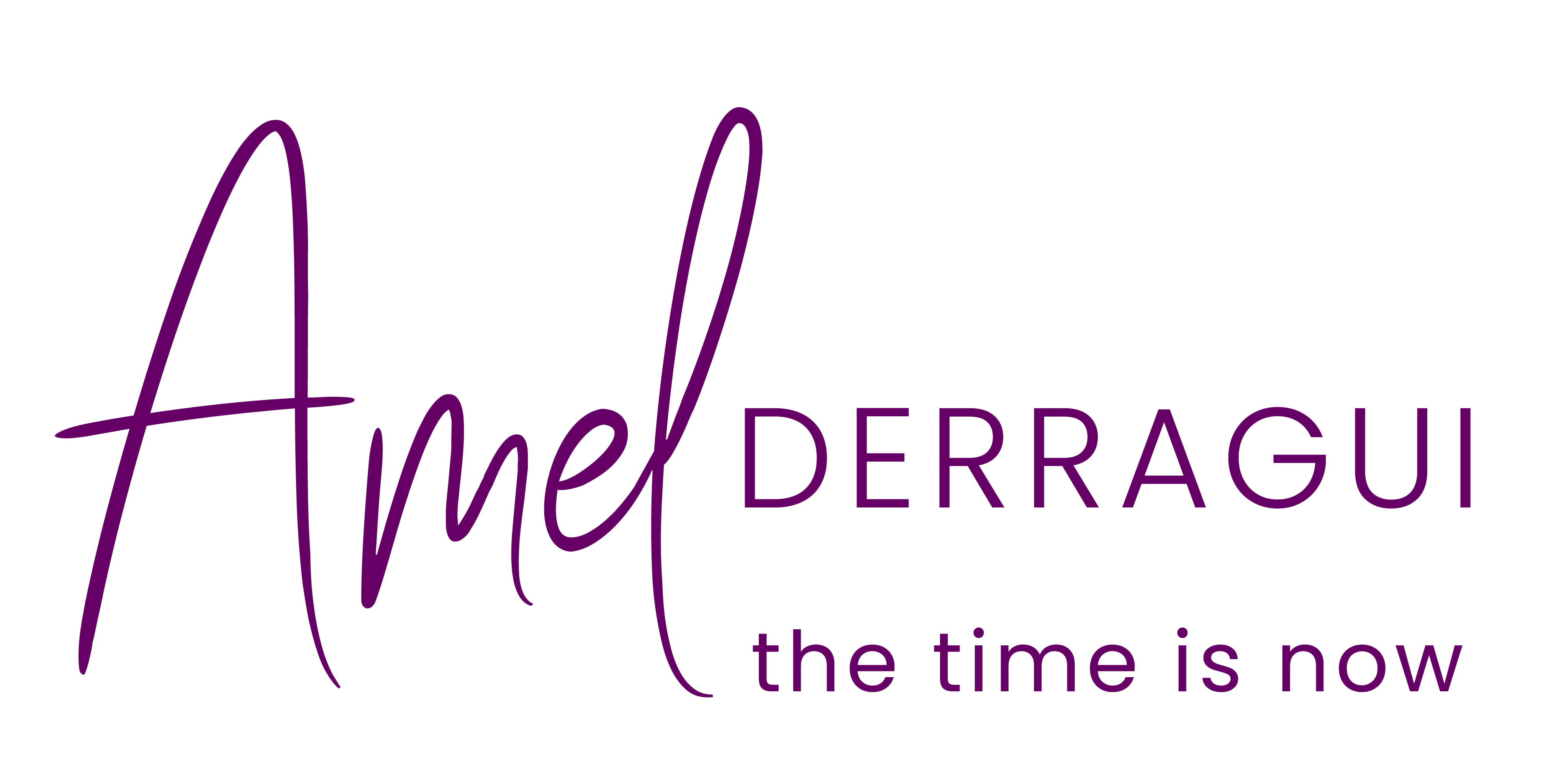Find marketing strategies that work for you

So many entrepreneurs and small business owners are spending precious time, energy and money on marketing activities that just are not giving them the results they need.
Here is the big reason: they have forgotten or don’t know the big truth about what marketing is really about.
In this week’s blog I explain what that truth is and how you can identify marketing strategies that work for you, and allow you to use your time and energy wisely.
This blog is part of my Slow Challenge series and is a summary of a related podcast episode.
Click here to listen to the tips mentioned in this article.
Let’s start with the big truth you need to know about marketing.
Marketing is about building relationships with your ideal customers. To do this, you must know where they are and how to enter into a relationship with them.
So often, we make marketing so complicated that we lose sight of this big truth. However, for your marketing strategies to be effective, there are some key things you need to work on.
Content vs. marketing – do you know the difference?
Before I turn to how you can choose the right marketing strategies for you, I want to make sure that you are not confusing your content strategy with your marketing strategy. This common mistake can cost you time, energy and potential sales!
Marketing strategy is all about visibility. It is about getting exposure to your ideal client so you can build a relationship with them.
Content strategy is about nurturing that relationship. It is where you can build trust and become a go-to expert for your ideal clients. It will give them the knowledge and insight they need to make a purchase. But your content will not be able to do this for your business if people don’t know it’s there or how to find it.
Visibility has to come first, or all that time and energy that you are putting into blogging or creating a podcast will not give you the returns you need.
This blog is focusing on marketing strategies or gaining visibility for your business. If you want to do a deeper dive into content strategy, this podcast episode may be helpful.
Three reasons your content is sucking all your energy and what to do about it.
Now that we’ve got that cleared up, let’s focus on finding the right marketing strategies for you.
Step 1. Identify your ideal client
If you are trying to serve everyone, you will end up selling to no one! You have to be specific and detailed about who your ideal customer is.
If you have more than one product/service and more than one revenue stream, you need to figure out the ideal client for each one. And if that feels overwhelming, start with one of your products/services and then grow from there.
To help you focus on getting to know your ideal client, I have created a free workbook to support this blog. It will help you reflect on your ideal client and identify the right marketing strategies. You can download it here.
Step 2. Choose the marketing strategies that work for you.
This begins with knowing where your ideal client spends time and where you can connect with them.
However, there are some other factors that I recommend you consider:
- What are you personally comfortable with? For example, if you love public speaking, then speaking engagements might be a great strategy for you. If you love to meet people and know more about them, then networking might be another great strategy for you.
- What is easy for you to implement? This blog is part of the slow challenge and if you want to take things at a slower pace, you need to think about which strategies will be effective without taking all your time.
- Give yourself permission to experiment! Sometimes you have to try things to learn and grow. It is OK that it is not perfect all the time. Test a couple of strategies, reflect on what is working and then adapt.
Here are common marketing strategies for entrepreneurs and small business owners. Work through this list and choose the ones that are right for you.
You will get more information about these strategies in the free workbook accompanying this blog. You can download it here.
1. Networking:
We tend to forget the power of networking. These days networking can be in-person or online, but wherever you do it, this is a proactive strategy if you enjoy meeting and exchanging with people. To be effective, you need to identify networks where you can meet your ideal client. This may mean researching organizations and groups where those ideal clients spend time.
If you need tips on how to find out where your ideal clients are spending their time, this podcast episode has insights and advice on the research you need to do.
The seven types of research you need to do to find your ideal clients
For now, go with what you know and list all the places that you already know or feel your ideal clients may be spending time. Think about events, organizations, associations and clubs, and finally, consider social media groups.
Social media can be a great networking tool, but you need to spend time commenting on other people’s posts, messaging people and proactively building relationships. It is not enough to just post on your own account and hope that people will come to you. And paying to boost your social media content is not networking!
2. Strategic partnerships:
This is working with someone who shares the same ideal clients as your business but offers something that compliments your product or service rather than competing with you. Here’s an example: you are a yoga teacher. You might be able to build a strategic partnership with someone who sells yoga mats, where together, you both generate sales.
Look for someone in your industry where you can bring clients to each other or where they can refer clients to you.
Other partnership options include affiliate partnerships – this is when you a percentage of the sales you generate for someone else’s business.
3. Business referrals:
These are easily confused with partnerships but the important thing about a referral is that it can come from anyone who wants to support your business or recommend your product/service. For example, if you have clients who are very happy with your product/service, you can ask them to refer others. In return and as a thank you, you might give them a small discount on their next purchase.
4. Speaking engagements:
This can be a great way to showcase your expertise, provide value to an audience, and let potential clients know your style and way of working. Just be sure to focus on opportunities where you know your ideal client will be in the audience!
5. PR:
This is all about free media exposure. For example: being interviewed for a magazine or on a podcast show, radio show or TV, or any other media channel. Again, you need to focus on opportunities that will reach your ideal audience, so while doing mass media like TV can be exciting, focusing on niche media that specifically addresses your ideal customer may be more effective.
6. Guest writing/blogging:
This is writing for a blog or platform that targets your ideal clients. If you have expertise in a certain area that fits with this type of blog, you can offer to become a regular ‘guest’ contributor. This allows you to show your expertise and build your audience though you should be aware that this can take time.
7. Paid marketing:
This includes paying for activities that give you access to your audience – advertising, sponsorship, boosting your social media content, a stand at a trade fair or other event. To make sure that this is a worthwhile investment, you need to know that you are reaching the right audience – to help you make this decision, try to gather as much data as possible. For example, if you are considering advertising in a newsletter, they should be able to tell you their open rate, the click rate and the size of their mailing list. If it seems like a great way to reach your audience and you have the budget, paid marketing can be a good option but remember that it will only be value for money if you can reach your audience.
Don’t try to do everything at once.
I have listed all these strategies so you don’t have to figure them out by yourself. I am not recommending that you do all of them! Pick two or three maximum and stick with them to see if they work for you. You need to be consistent to know if they will deliver results.
Step 3. Implement consistently
Finally, once you have chosen the 2-3 marketing strategies you want to use, it is time to focus on implementation. Start by making a list – if you have chosen networking, your list will include all the events, organizations and groups where you can find your ideal client. If you don’t know this, start researching and finding out.
Once you have done that, commit to a consistent schedule of activity that is right for you. And don’t confuse consistently with frequently – work on a schedule that is right for you.
You can work on developing this in the free workbook that supports this blog.

